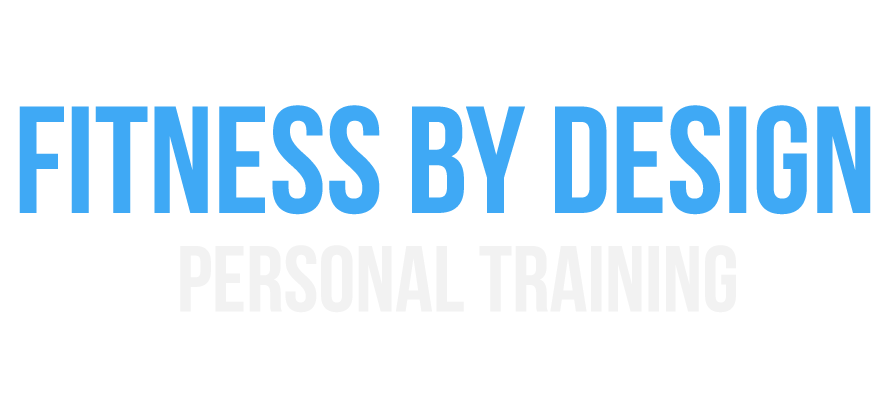Performing as a fitness professional for a number of years, with dozens of clients, I’ve witnessed some questionable practices by gyms and personal trainers. To be fair, I have also met a lot of great trainers. However, when considering a personal trainer, it can be tricky to identify the great from the under-qualified.
Here are some criteria to look for in selecting a qualified personal trainer.
Does the trainer you’re about to give your hard-earned money to, look like they workout?
Does your potential trainer preach that he/she can get you into the shape of your life while rocking a beer gut, hunched shoulders and clearly demonstrates a lack of energy?
One thing you might ask yourself is: “If this trainer has all the answers to get me into the shape of my life, why do they look like they just rolled out of bed, ate a donut and handed me a pen to sign-up for their obviously flawed fitness program?”
Criteria: Make sure your potential trainer walks the walk and is a living, breathing example of what their fitness program can do for you.
What degrees, certifications and life experience does your potential trainer posses?
Here is a common scenario...First, you will meet with a bubbly fitness manager (a.k.a. Salesperson) with AMAZING credentials who will psych you up to sign a contract for their FLAWLESS fitness program. Afterwards, they will hand you off to some average Joe or Josephine, who has a cereal box personal training certification. The bubbly fitness manager is now off to close on their next sales lead and sign up the next prospect.
Next, when that cereal box certified trainer is losing his/her clients, he/she will quit, leaving YOU with the task of trying to find another trainer within that facility, with little to no help from the bubbly fitness manager (I mean Salesperson).
Criteria: Avoid the bait and switch by making sure the person with the credentials is the one who will be training you. Don’t waist your time and money on a trainer who hasn’t earned a degree in some sort of exercise science, sports medicine or exercise physiology program of study, on top of their certification.
Does the trainer assess your current fitness level?
The first time you meet with your personal trainer they should bring you through some sort of movement screening and basic questionnaire to see how you move, if you’re prone to injury or have any health-related considerations they should be aware of.
They should then work with you to manage any imbalances and make sure you’re moving correctly without pain or discomfort before they begin to advance you.
I’ve heard clients telling their trainer: “This hurts my knees.”, and the trainer responds, and I quote, “mhmm just keep going.”
Criteria: Make sure the trainer performs a fitness assessment and fine tunes your program when needed and is responsive to any indications of pain and discomfort.
Does your potential trainer have a one-size fits all training program?
Yes, it makes sense in the initial stages of a fitness program to perform similar routines, so the trainer can get a sense of where to progress or regress a client in certain areas. But, in the case above, if the client’s knees hurt while stepping forward, in a lunge motion, the trainer should have their trainee step backwards, instead, so they can properly load their glute and remove the shear force on their knee.
Criteria: Make sure your potential trainer doesn’t have a one-size fits all program.
Does the personal trainer have client references and testimonials?
Sure, a trainer can have the look, credentials, an assessment process and flexible training programs. But, can they connect you with reference clients who you can speak with and/or provide positive testimonials sharing how they've helped numerous people achieve their fitness goals?
Criteria: Make sure your potential trainer has clientele (like you) who can share positive feedback about their training experience, such as what you'll find on my testimonials page.
In closing…
To avoid potential waists of time and money, and achieve your fitness goals, consider hiring a highly qualified independent personal trainer. Why? They are likely more experienced, thorough in their approach and able to help you meet your fitness goals while avoiding injury.
In addition to being with you every step of the way, they are more cost effective. That is, the fees to engage an independent personal trainer don’t include the overhead costs you will incur with a personal trainer operating within a membership gym environment.
Who doesn’t want to save money for a better experience?
I hope this post helps you confidently maneuver the fitness industry to find a personal trainer who fits your needs and who will be with you every step of the way towards achieving your fitness goals!
And that’s Fitness By Design
